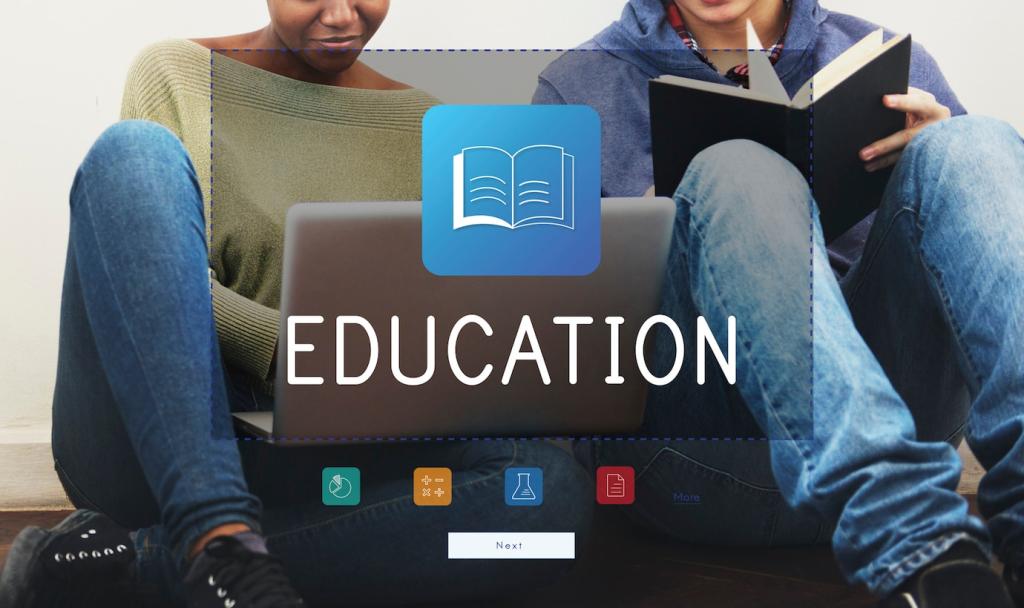Assessment and Feedback Loops That Foster Growth
Sprinkle brief checks after key ideas—one thoughtful question beats ten shallow ones. When results steer the next step, assessment becomes helpful, not punitive. Invite learners to request reteach moments anonymously to keep momentum safe.
Assessment and Feedback Loops That Foster Growth
Share rubrics before assignments, with concrete descriptors and examples of quality. Transparency reduces anxiety and guesswork. One cohort’s rewrite scores rose dramatically after comparing strong and weak samples side by side.




